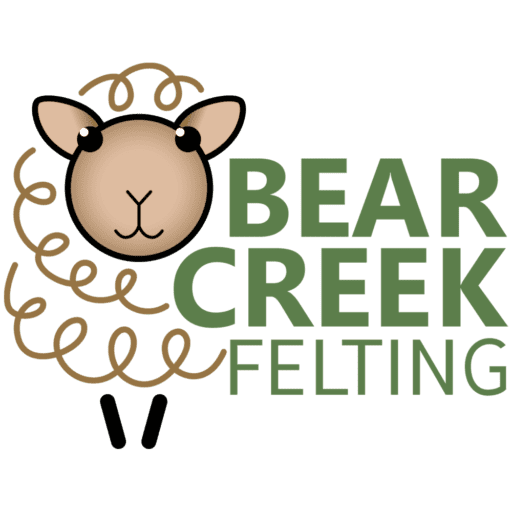 We’ve talked a lot in recent weeks about the MANY benefits of needle felting. We’ve discussed how it can help Alzheimer’s patients, relieve depression, and build social connections. With all of those benefits, don’t you want to share the art of needle felting with your family?
We’ve talked a lot in recent weeks about the MANY benefits of needle felting. We’ve discussed how it can help Alzheimer’s patients, relieve depression, and build social connections. With all of those benefits, don’t you want to share the art of needle felting with your family?
If you answered yes, chances are you’re wondering where to start. (If you answered no – class dismissed, you’re free to go.) The beauty of needle felting is you can really start anywhere! But if you’re looking for specific direction, start with the basics.
Let’s assume you’re teaching a young person – maybe a child or grandchild. They pick up crafts so well at that age! The first thing you need to do is engage their imagination. Hand them a ball of wool. Ask them what they think it could be. If you’ve ever seen a child create art with Play-doh, you’ll know the options are endless!
Teach them how to hold the needle, and where to position their hand on the cushion to avoid stab-wounds. For smaller children, you may need to stab hand-over-hand. For older children, give them their autonomy. Stab side-by-side, so they can copy your motions until they get the hang of it.
Then, the most important (and hardest!) thing to do is not micromanage their crafting experience. Ask them what shape they need first for their creation. Let’s say they want a ball for the head. Tell them how you go about making a ball, and work alongside them. Check in periodically to see if they like how their project is progressing, and answer questions they have about fixing bits they don’t like.
Again, let the child lead the experience (with guidance). Ask them what other shapes they need to make their creature, and repeat the side-by-side process. Teach them about making eyes, adding details, and attaching the pieces together. Maybe, for older children, you can ask them if THEY have ideas about how to do parts of it. You never know – they might teach YOU a thing or two!
For me, the best part about teaching a young person to needle felt is the time you get to spend together. You won’t need to talk felting every second of the process, so you can talk about their life, your life, the last book you read, whatever you want together. And, because it’s such an active craft, even the fidgetiest kid will be able to sit and talk for longer than usual.
Remember to take breaks (tiny hands haven’t developed the same muscles we have yet), eat snacks, and have fun. If your (grand)child’s cow ends up looking more like a giraffe, and that giraffe ends up with two heads and wheels, go with it! Imagination is a beautiful thing, and it would be a shame to discourage it so early. Whatever you make, the most important thing is the time you’ll spend together. These moments are few and far between. Make them count.




